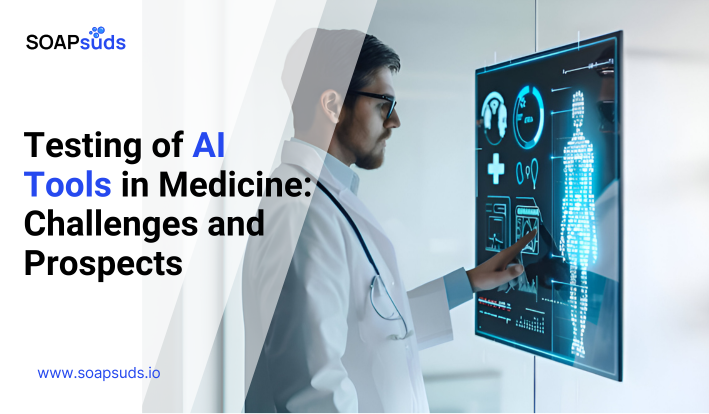Is Speech Recognition a Viable Option for Medical Transcription
SOAPsuds team
Published: 1/29/2025
SOAPsuds team
Published: 1/29/2025

AI medical scribes are quickly changing how healthcare providers manage documentation, simplify daily tasks...

Trust and respect are the base of any strong therapeutic bond. Without them, even...

Therapy gives a person a chance to be open about who they truly are. It...

With the rapid growth of artificial intelligence, regulators like the FDA have approved hundreds of...

AI has become more noticeable in every industry, including healthcare documentation. Using AI in clinical...

The value of Electronic Health Records (EHRs) is hard to ignore. It's important for you...
Clinical Notes
SOAP notes
DAP notes
AI medical notes